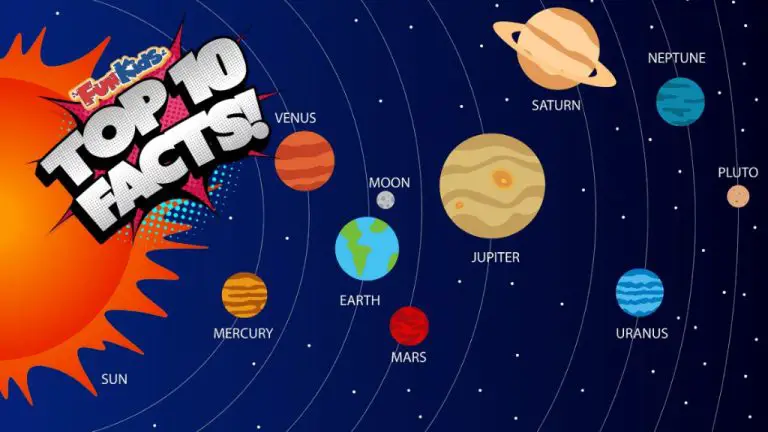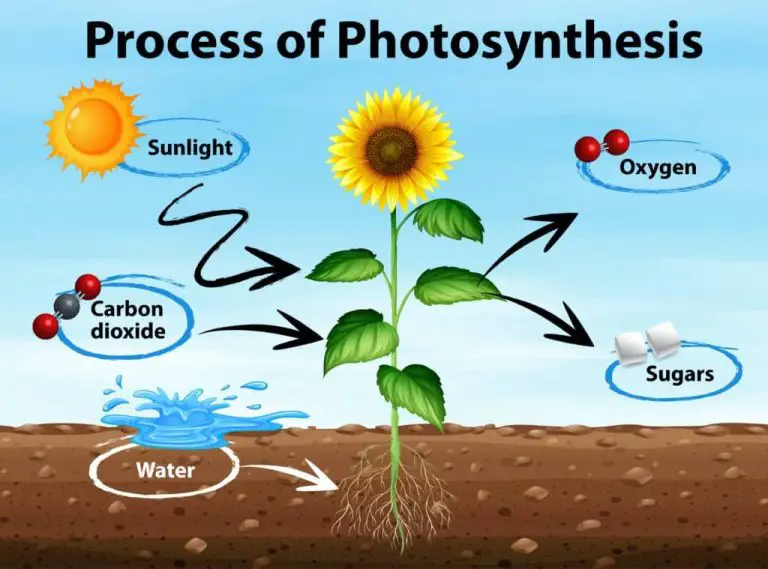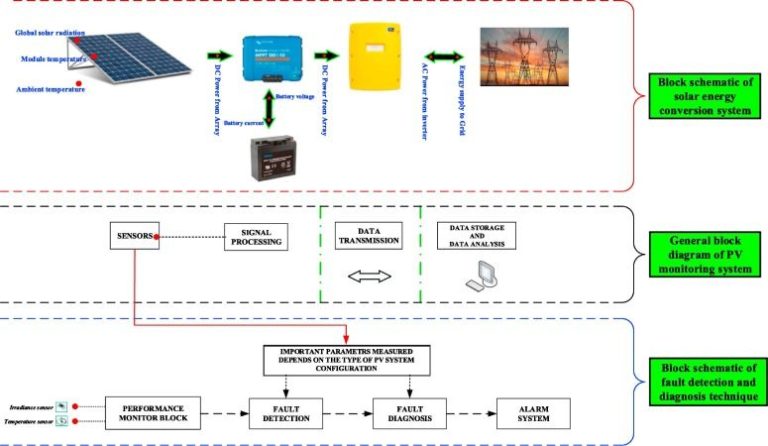Why Is Solar Energy Renewable?

Solar energy is a form of renewable energy that is generated from the radiant light and heat from the sun. Renewable energy comes from natural sources that are constantly replenished, such as sunlight, wind, tides, waves, and geothermal heat. In contrast, fossil fuels like coal, oil, and natural gas are finite resources that take millions of years to form naturally. The use of renewable energy is extremely important today as we aim to transition away from polluting fossil fuels that contribute to climate change and air pollution (Source). Solar energy provides a clean, sustainable alternative that can help mitigate environmental damage. By tapping into the power of the sun, solar energy utilizes an inexhaustible supply of energy that will last as long as the sun shines. Solar power does not create greenhouse gases or toxic byproducts, making it one of the cleanest energy sources available today. As solar technology continues to improve in efficiency and decline in cost, it has enormous potential to supply more of the world’s energy needs in an eco-friendly way.
The Solar Resource
Solar energy comes directly from the sun. The sun radiates an enormous amount of energy in the form of solar radiation, which reaches the Earth across 93 million miles of space. The sun produces energy through a process called nuclear fusion, in which hydrogen atoms collide and fuse into helium atoms. This fusion process releases energy in the form of electromagnetic radiation, which includes visible light, infrared radiation, ultraviolet radiation and more. The amount of solar energy that hits the Earth’s surface in one hour is more than the entire world uses in a year (https://pubmed.ncbi.nlm.nih.gov/32809266/).
Solar energy is considered a renewable energy source because even though we use it, it cannot be depleted. The sun will continue to produce solar radiation for billions of years to come through its natural nuclear fusion process. As long as the sun exists, it will provide a constant and virtually endless supply of solar energy. Even as we harness more solar power, the sun provides billions of times more energy than we could ever possibly use (https://www.intelligentliving.co/a-look-at-the-top-advantages-of-solar-energy/). This makes solar an inexhaustible resource unlike fossil fuels such as oil, coal and natural gas which will eventually run out.
Solar Technologies
There are two main types of solar power technologies – photovoltaics (PV) and concentrating solar-thermal power (CSP).
Photovoltaics, often referred to as PV, convert sunlight directly into electricity using solar panels. PV panels are made up of many solar cells containing a semiconductor material that absorbs photons from sunlight and converts them into electrons. The flow of electrons generates an electric current that is captured and delivered via wires (DOE, 2022).
Concentrating solar-thermal power (CSP) systems use mirrors to concentrate sunlight that heats a fluid which is used to spin a turbine to generate electricity. There are different types of CSP technologies like parabolic troughs, power towers, and dish/engine systems that concentrate sunlight in different ways (Solar Acks, 2022).
Solar heating and cooling (SHC) is another solar technology that uses the sun’s thermal energy to provide hot water and air conditioning. Solar thermal collectors, often found on rooftops, absorb heat from the sun and transfer it to water or a thermal mass for use (Trvst, 2020).
These solar technologies can be used at both small and utility-scale to generate electricity and thermal energy with zero emissions.
Solar Energy is Inexhaustible
Solar energy is considered an inexhaustible resource because the amount of sunlight that reaches the Earth is immense and will continue for billions of years to come. The total solar energy absorbed by Earth’s atmosphere, oceans, and land masses each year is approximately 3,850,000 exajoules.
“More energy from the sun strikes Earth in one hour than all of the energy consumed on our planet in an entire year” (Savosolar).
Even if only a tiny fraction of that solar energy could be converted to electricity, it would be more than enough to meet global energy needs. The amount of solar energy reaching any single square meter of the Earth averages about 175 Watts. Over the course of a year, that equates to roughly 1,500 kWh per square meter of the Earth’s surface.
“The energy in sunlight that hits Earth in one hour would satisfy the world’s current energy needs for an entire year” (Savosolar).
Because of the massive size of the sun compared to Earth, the rate at which the sun burns fuel and emits energy is extremely slow. Therefore, the sun’s energy output can essentially be considered limitless from a human perspective, making solar energy an inexhaustible resource for billions of years into the future.
Low Environmental Impact
Solar energy has minimal environmental impact compared to conventional energy sources. Solar panels generate electricity without emitting greenhouse gases like carbon dioxide and methane that contribute to climate change. According to “4 Environmental Benefits of Solar Energy”, solar power helps reduce air and water pollution and has a negligible carbon footprint. In 2020 alone, solar energy avoided an estimated 15 million metric tons of carbon dioxide emissions in the United States, equivalent to taking 3.4 million cars off the road.
Unlike coal and natural gas power plants, solar panels don’t require fuel to be burned to generate electricity, resulting in zero emissions. The emissions from manufacturing and transporting solar panels are far lower than the air pollution emitted over the operating lifetime of fossil fuel power plants. Solar energy is a clean and renewable alternative that can play a major role in reducing greenhouse gas emissions and mitigating climate change.
Rapid Growth
The solar industry has experienced massive growth in recent years. According to Solar Industry Research Data from the Solar Energy Industries Association (SEIA), solar has grown at an average annual rate of 24% over the last decade. In 2022 alone, power generation from solar PV increased by a record 270 TWh, up 26% from 2021, accounting for 4.5% of total global electricity generation according to the International Energy Agency (IEA).
This tremendous growth has been fueled in part by rapidly declining costs. Between 2010 and 2021, the cost of solar panels dropped by 90%, from $7.50 per watt to $0.75 per watt according to MarketWatch. Prices are projected to continue falling over the next several years, making solar increasingly cost competitive with fossil fuels.
Industry forecasts predict strong continued growth in the years ahead. SEIA projects that U.S. home solar installations will expand at a rate of 6,000 – 7,000 MW per year between 2023 and 2027. With favorable policy incentives and improving economics, solar is positioned to become a major source of global electricity generation over the next decade.
Grid Resiliency
Distributed solar energy systems, like rooftop solar panels, provide resilience and support to the electric grid. When power outages occur, homes and businesses with solar panels can generate their own electricity. This reduces stress on the grid during peak hours or emergency events. According to research from the Stevens Institute of Technology, integrating distributed renewable energy sources like rooftop solar improves the grid’s ability to withstand and quickly recover from disruptions.
Solar energy is generated at the same place it is used. This eliminates issues with long-distance transmission lines that are prone to weather-related failures. Solar panels paired with batteries allow buildings to disconnect from the grid during outages and maintain critical operations. This provides more resilient electricity access to households and emergency services. As climate change increases extreme weather, distributed solar offers decentralized and diversified energy resources to complement large power plants and congested transmission infrastructure.
Job Creation
The solar energy industry has been a major engine for domestic job creation in recent years. According to the Solar Foundation’s National Solar Jobs Census, over 250,000 people were employed in the American solar workforce in 2016, representing an increase of 25% over 2015 (source). As the solar industry continues its rapid expansion, it is bringing new employment opportunities to communities across the country.
The states with the most solar jobs include California, Massachusetts, Texas, Nevada, and Florida. California alone accounted for over 100,000 solar jobs in 2016. The solar industry is creating careers in a wide range of specializations, including installation, manufacturing, sales, project development, and more. Many solar jobs provide competitive wages and benefits, while not requiring a 4-year college degree.
According to the International Renewable Energy Agency, around 3.1 million people are employed in renewable energy worldwide, with solar photovoltaics being the largest employer. As solar power scales up globally, solar jobs are projected to grow to over 8 million by 2050 (source). The rapid growth of the solar industry will continue to be a major driver for employment opportunities and economic development.
Energy Independence
One of the major benefits of solar energy is that it provides energy independence and reduces reliance on imported fuels (Energy5). Most fossil fuels like oil, coal, and natural gas are imported from other countries. This reliance on imports creates energy insecurity and vulnerability to global price fluctuations and geopolitical tensions. With solar power, energy is generated where it is used, providing stable domestic energy production (California Clean Energy). Homeowners and businesses with rooftop solar gain energy independence and are insulated from utility rate increases. Rooftop solar also reduces strain on the electric grid during peak hours. By generating clean energy locally, solar power improves energy security while reducing dependence on imported fuels.
Conclusion
As this piece has shown, solar energy is an inexhaustible resource that will continue providing clean renewable power far into the future. Unlike fossil fuels, the sun’s energy cannot be depleted and will be available for billions of years to come. With solar technology rapidly advancing and costs continuing to fall, solar offers a sustainable path to energy independence and a reduced environmental footprint. Even as demand grows, innovations in solar panel efficiency, energy storage, and grid integration will allow solar to scale up to meet the world’s energy needs. With policies that encourage solar adoption, we can transition to a future powered by this unlimited, renewable resource. In summary, solar energy is renewable both today and for generations to come.





